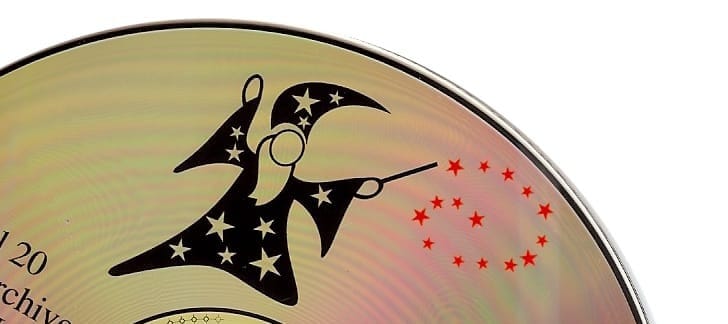Vibe coding in the 90's

Hey folks. You know how programming is hard in 1994. You need books, help files, manuals, references to learn about a certain feature. You read all those. Then you go through endless iteration of trial and errors to find out how to accomplish a certain task.
Well, I found a revolutionary way to write code. You see, I got this CD-ROM from a friend. It's full of public domain sample code for every kind of application you could write.
You want to write a file manager like Norton Commander? Well, just browse to the fileman\ofm\nc folder in the CD. Copy all the files to your local disk. And you're done! You have a full-blown, working file manager code.
There are thousands of ready to run projects like these. All you need to do is to imagine what you want to create, and it's just a few clicks to get the project you want. CAD, drawing, accounting, games, you name it, and your project is ready in seconds.
You can even use individual components under lib folder and include them to implement new features. There are libraries for everything from parsing GIF files to playing MIDI on Sound Blaster Pro. Everything you can imagine.
That's very exciting! I think we're reaching to the end of programming because as the number of these libraries and projects grow, our need to write code will eventually disappear. All we need to do is to find the template, put needed libraries on top of it. That's going to be it. We won't be needing programmers anymore.
I mean, maintenance is still a chore, but the big part of the work will already be done when you start. So, it's only the small part of adding several lines here and there and that's it.
Obviously, to change something in the project, we first need to understand how it works and how it's designed, but that's easy too. You see there's a file in the root of every project called PROMPT.TXT that explains the project from a 10,000 feet. Then there's SPEC.TXT that we can read to understand how everything is architectured. There is also an INDEX.TXT that contains all the list of files and why they exist. After that you can go through API.TXT and WHATSNEW.TXT to entirely understand how everything fits in place. Then, all there's left is to read some of the code files to understand how it's written. As long as you know the programming language and the used techniques in the project, you should have no trouble doing that either.
Even a child can code now. You just read all these prompts, specifications, file lists, and APIs, changelogs, and completely grasp the architecture of the project that a random person wrote. When you're done with this, it's now your project, and you can go ahead and maintain it easily.
Anything more complex than a few lines, you can just copy it from lib\ folder of the CD-ROM. There's a component for everything. You want to left-pad a string? Then, go to the folder lib\str\basic\pad\left and pick one of the hundreds of libraries doing the same job. Pick a random one if you will. Most of them work fine.
If you encounter any bugs in a library, replace it with another. Or just read the prompt, read the specs, read the file listing, understand the whole architecture, grasp the architecture, and finally fix it. It's a breeze working this way. I feel like I regained joy of creating software again.
I'm actually making stuff now. Look, I just wrote Doom yesterday in minutes! It's just a matter of copying the folder games\3d\doom and pressing compile and Run! I have written a 3D game from scratch! How cool is this? The possibilities are endless!
I feel like I can create anything.
Now, what shall I create next? Anything. I can create anything. Let me just take a look at that CD. It had some good ideas in there.
The future is here, folks!